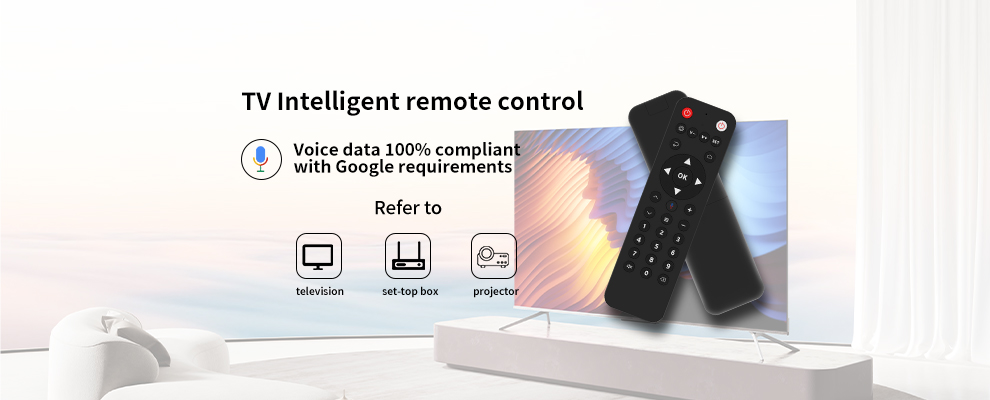 Introduction:
Introduction:
The television remote control, once a simple device with limited functionality, has evolved into a technologically advanced tool that enhances our viewing experience. Over the years, remote controls have undergone significant transformations, adapting to changing consumer needs and emerging technologies. Let’s take a closer look at the journey of the TV remote and how it has revolutionized our relationship with the television.
1. The Early Days: Basic Functionality
In the early days of television, remote controls were primitive, usually consisting of rudimentary buttons to adjust volume, change channels, and power on or off the TV. These remotes relied on infrared technology and required direct line-of-sight with the television set.
2. Advancements in Design and Convenience
As technology progressed, remote controls became more user-friendly and ergonomic. Button layouts were refined, and features like backlighting for easy use in the dark were introduced. Additionally, the introduction of multisystem remotes allowed users to control multiple devices with a single remote, reducing clutter and simplifying the viewing experience.
3. The Era of Smart Remotes
With the advent of smart technology, remote controls entered a new era. Today’s smart remotes offer a myriad of capabilities beyond traditional TV control. Integration with internet-connected smart TVs allows users to access streaming services, browse the web, and even control other smart devices in their homes, such as home automation systems or voice assistant-enabled devices.
4. Voice Control and Artificial Intelligence
One of the most significant advancements in recent years is the incorporation of voice control and artificial intelligence (AI) into smart TV remotes. Voice recognition technology, powered by AI assistants, enables users to control their televisions using natural language commands. This hands-free approach revolutionizes the way we interact with our TVs, making navigation and content search effortless.
5. Gesture Control and Touchscreen Interfaces
Gesture control is another exciting development in smart TV remotes. These remotes utilize motion sensors to recognize hand movements, allowing users to control their TVs with a wave or a flick of the wrist. Additionally, touchscreens have become increasingly prevalent, offering intuitive interfaces for seamless navigation through menus and apps.
6. Smart Home Integration
Modern smart TV remotes often serve as a bridge between the television and other smart devices in the home. Users can control lighting, thermostats, and other connected appliances, creating a unified smart home experience. This integration enhances convenience and promotes a seamless ecosystem within the household.
Conclusion:
The TV remote control has come a long way since its humble beginnings, evolving to meet the changing demands and technological advancements of the industry. Today’s smart remote controls offer unparalleled convenience, accessibility, and functionality, transforming how we interact with our televisions and fostering a more immersive entertainment experience. As technology continues to evolve, we can expect even more innovative features that enhance our viewing pleasure and redefine the future of the television remote control.
Post time: Oct-12-2023





